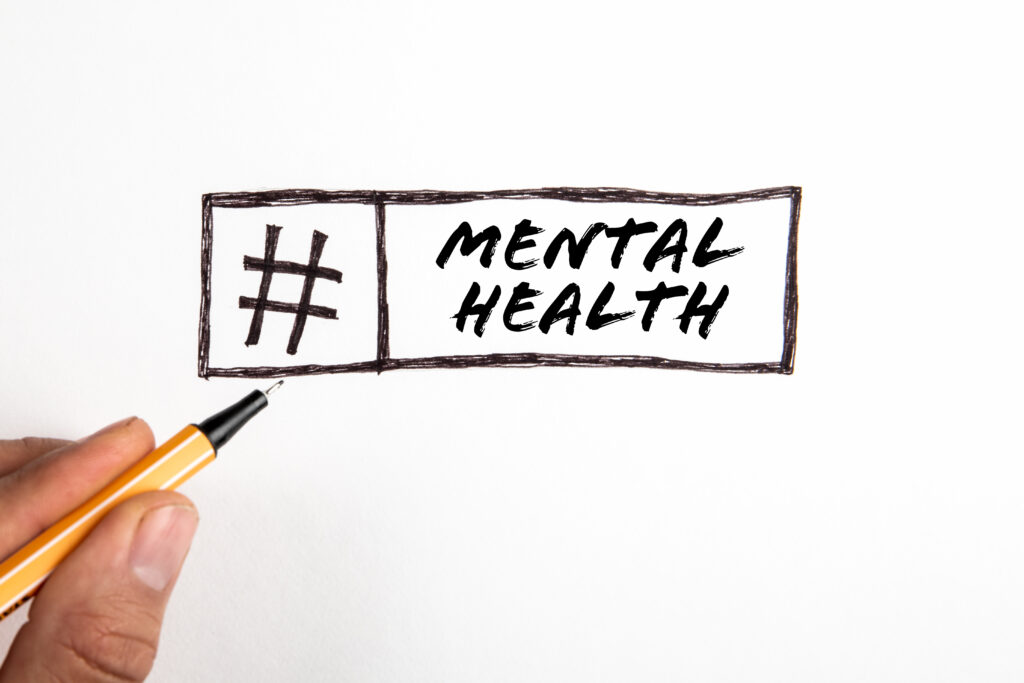If you’ve ever experienced a mood boost or felt a sense of calm after a good workout, you’re not alone. Many people have experienced the positive impact that physical activity can have on their mental health. Exercise is an effective tool for managing and improving mental well-being. In this article, we’ll explore the connection between working out and mental health, and how you can harness the power of exercise to support your overall well-being.
The impact of exercise on mental health
When you engage in physical activity, your body releases endorphins, which are chemicals that act as natural painkillers and mood elevators. These feel-good chemicals can help reduce feelings of stress, anxiety, and depression, and create a sense of overall well-being. In addition to endorphins, exercise can also increase levels of serotonin and norepinephrine, which are neurotransmitters that play a role in regulating mood and stress.
Regular physical activity can also help improve sleep quality, boost self-esteem, and provide a sense of accomplishment. Furthermore, the social aspect of exercise, such as participating in group fitness classes or team sports, can provide a sense of community and support, which are important factors in maintaining good mental health.
The mental health benefits of different types of exercise
The great thing about exercise is that there are so many different ways to get active. Whether you prefer running, swimming, dancing, or practising yoga, there’s a form of exercise that can cater to your interests and fitness level. Here’s how different types of exercise can benefit your mental health:
- Aerobic exercise: Activities like running, cycling, and swimming can increase blood flow to the brain and release endorphins, leading to improved mood and reduced stress.
- Strength training: Lifting weights or using resistance bands can help improve self-esteem and body image, leading to a more positive outlook on life.
- Yoga and Pilates: These mind-body exercises can help reduce anxiety, improve concentration, and promote relaxation.
- Sports and team activities: Participating in team sports or group fitness classes can provide social interaction and a sense of belonging, leading to improved mental well-being.

Incorporating exercise into your daily routine
Now that you understand the mental health benefits of exercise, it’s important to find ways to incorporate physical activity into your daily routine. The key is to find activities that you enjoy and that fit into your lifestyle. Here are a few tips to help you get started:
- Set realistic goals: Start by setting achievable exercise goals, such as going for a 20-minute walk three times a week or attending a fitness class once a week. As you build confidence and fitness, you can gradually increase the frequency and intensity of your workouts.
- Find activities you enjoy: Whether it’s hiking, dancing, or playing a team sport, find activities that you look forward to and that make you feel good. If you enjoy what you’re doing, you’re more likely to stick with it in the long run.
- Make it social: Exercise with friends, join a sports team or take a group fitness class to make physical activity a fun and social experience.
- Make it convenient: Choose activities that are easily accessible and fit into your schedule. Whether it’s a quick home workout, a lunchtime walk, or a yoga class at the local studio, find ways to make exercise a regular part of your day.

The role of exercise in managing mental health conditions
Exercise can be a valuable tool for managing and improving mental health conditions such as depression, anxiety, and stress. Research has shown that regular physical activity can be as effective as medications or therapy for some people with mild to moderate depression. Similarly, studies have found that exercise can reduce symptoms of anxiety and improve overall well-being.
It’s important to note that while exercise can be beneficial for mental health, it’s not a replacement for professional treatment. If you’re struggling with a mental health condition, it’s important to seek support from a mental health professional who can help you develop a comprehensive treatment plan.
Tips for getting the most out of your workouts
To get the most mental health benefits out of your workouts, consider the following tips:
- Focus on consistency: Aim for regular, consistent physical activity rather than sporadic intense workouts. Even a short walk or brief workout can make a difference in your mental well-being.
- Listen to your body: Pay attention to how your body and mind feel during and after exercise. If a particular workout leaves you feeling energized and uplifted, make a note of it and incorporate it into your routine.
- Mix it up: Try different types of exercise to keep things interesting and challenge your mind and body in new ways. Variety can also help prevent boredom and burnout.
- Set small, achievable goals: Start with small goals and celebrate your progress along the way. Whether it’s increasing the duration of your workouts or trying out a new activity, setting achievable goals can help boost your motivation and confidence.
Final thoughts
Exercise is a powerful tool for supporting mental health, and the benefits extend beyond just the physical. By incorporating regular physical activity into your life, you can experience improved mood, reduced stress, and greater overall well-being. Whether you prefer solo workouts or group activities, there’s an exercise option out there for everyone. So lace up your sneakers, roll out your yoga mat, grab a kettlebell or put your swimsuit on, and start reaping the mental health benefits of working out. Your mind and body will thank you for it!
